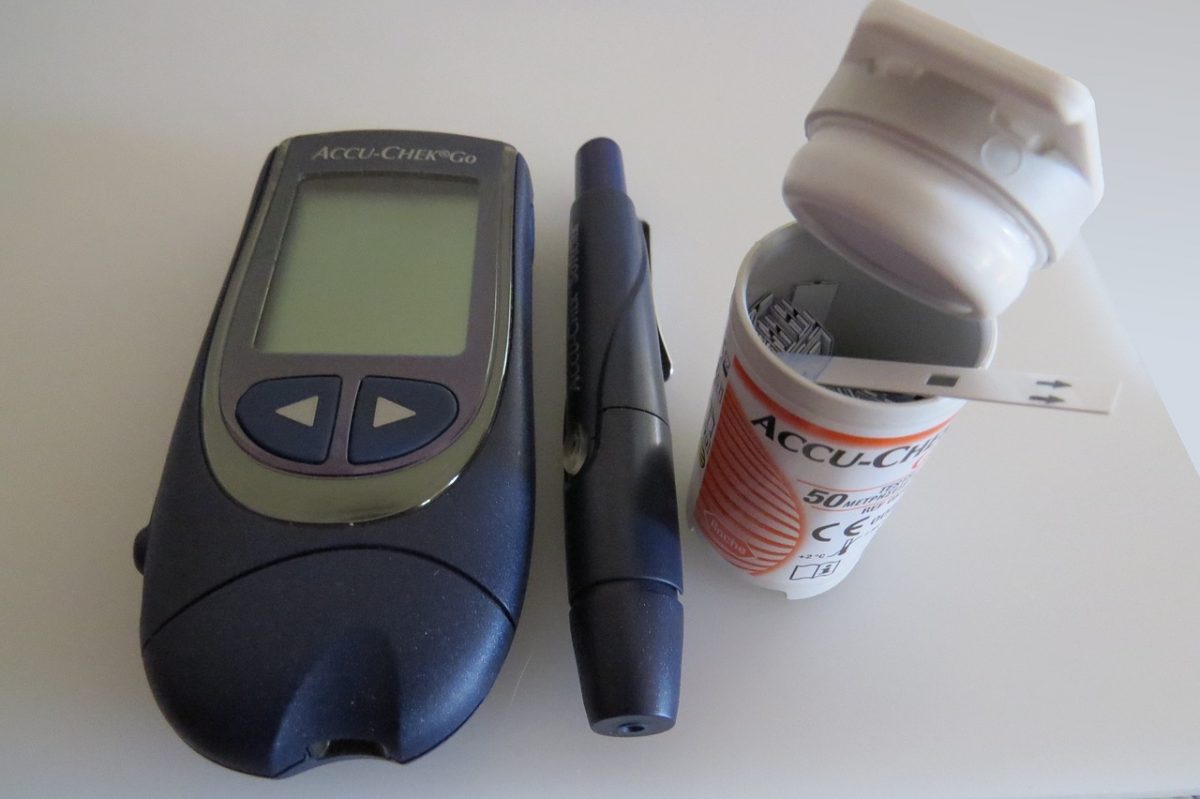Diabetes is a disease that strikes fear into every patient that receives a diagnosis and a warning that you’re pre-diabetic is equally frightening. The good news is that there are measures you can take to reduce your risk of developing diabetes and mitigate the effects with some simple lifestyle changes.
A pre-diabetes diagnosis means that the glucose levels in your blood are higher than normal, but not yet high enough for a diagnosis of full-blown diabetes. Elevated blood glucose levels occur when your body doesn’t make enough of the hormone insulin or your body isn’t using insulin effectively. Pre-diabetes has few symptoms and is typically only detected if your physician specifically tests for it.
The most important action you can take if you receive a pre-diabetes diagnosis is to get more exercise. Your body uses glucose to fuel its movement and motion. Exercise aids in utilizing excess glucose levels in the blood, thereby reducing them. The exercise you choose doesn’t have to be grueling hours in a gym. Walking, biking, swimming and similar activities are equally effective. Physicians recommend 30 minutes of moderate exercise five days per week.
It’s also important to eat a healthy diet, curb carbohydrate intake, and work to maintain a healthy weight. As you begin to eat differently and exercise more, your weight will begin to naturally decrease along with your risk. Losing just 7 percent of your body weight will make a significant difference and it will also help in reducing cholesterol levels and blood pressure.
Pre-diabetes and diabetes can be delayed or even prevented in many instances. Eating healthy, maintaining an appropriate weight and exercising regularly are the key ingredients in delaying and controlling the factors that lead to diabetes. It’s also important to note that you may have a predisposition to the disease and if so, you should talk with your physician.
If you would like to find out about earning cash for your unwanted, unused and boxed test strips, complete our online quote form today.
If you have extra, unopened and unused boxes of diabetic test strips – whether you have switched brands, no longer need to test or test less frequently, or have a loved one who has passed away – don’t let them gather dust until they’ve expired and end up in the trash. We’re the best place to sell diabetic test strips online, and if you want to sell your test strips, we’re here to make the process easy and enjoyable!
Visit us at Sell Your Test Strips and get your free quote today!
Like us on Facebook




